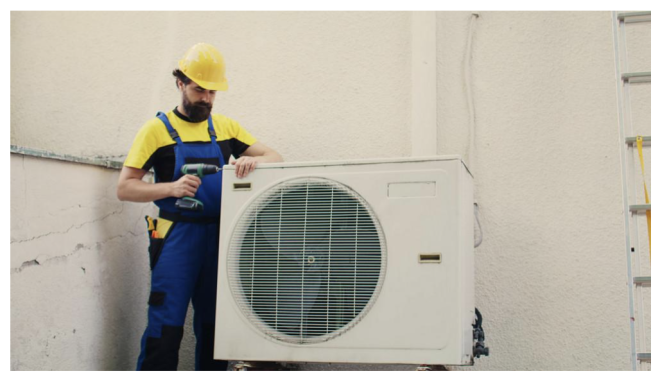- Change theme
Maximizing HVAC Efficiency: How VRF Systems and Maintenance Cut Energy Costs and Extend Lifespan

Variable Refrigerant Flow (VRF) systems offer innovative solutions for efficient HVAC operations.
00:40 08 June 2025
Understanding the Advantage of VRF Systems
Variable Refrigerant Flow (VRF) systems offer innovative solutions for efficient HVAC operations. By adjusting the refrigerant flow to individual indoor units, VRF systems provide enhanced comfort and control in homes and commercial spaces. This precision ensures that energy is not wasted, contributing significantly to energy savings. According to Fortune Business Insights, VRF technology delivers over 40% greater energy efficiency compared to traditional variable air volume systems. For homeowners, the ability to regulate temperatures in different zones can translate into substantial energy cost reductions.
The adaptability of VRF systems is another crucial factor in their popularity. Unlike other systems that require multiple units or complex installations, VRF systems use a single outdoor unit to manage multiple indoor units. This setup is particularly beneficial for large homes or buildings with varied heating and cooling needs. Additionally, VRF systems are relatively quiet compared to conventional HVAC systems, making them ideal for residential installations where noise can be a concern. For those seeking an eco-friendly solution, the reduced energy consumption also lessens the overall carbon footprint of homes.
Furthermore, the modular design of VRF systems allows for flexibility in expansions and renovations. As the needs of a home evolve, additional indoor units can be incorporated without disrupting the existing system. This feature is invaluable for growing families or businesses that foresee future expansion. The upfront investment in VRF technology might be higher, but the long-term benefits, including lower energy bills and maintenance costs, make it a worthwhile expenditure. As more people become aware of these advantages, the adoption of VRF systems in residential markets continues to rise.
Maintenance: The Key to Longevity and Efficiency
Regular maintenance is essential to ensure that HVAC systems, including VRF technology, operate at their peak efficiency. Routine check-ups and timely servicing help in identifying potential issues before they escalate into costly repairs. When HVAC systems are well-maintained, they consume less energy, extend their operational life, and reduce the risk of unexpected breakdowns. According to Webinar Care, regular maintenance can extend the lifespan of air conditioning units by up to 40%. For homeowners, this not only means lower utility bills but also fewer replacements over time, leading to significant savings.
Preventive maintenance involves various tasks such as inspecting and cleaning filters, checking refrigerant levels, and ensuring thermostat functionality. These steps are crucial in keeping the system running smoothly and efficiently. A neglected HVAC system may struggle to maintain desired temperatures, leading to increased energy consumption and discomfort at home. Moreover, regular maintenance reduces the chances of allergens and pollutants circulating in indoor air, thus improving overall air quality. For individuals with respiratory conditions, this improvement can make a discernible difference in health and comfort.
It's essential to work with certified HVAC professionals for maintenance services. They possess the expertise and tools needed to handle complex VRF systems accurately. While DIY maintenance can seem cost-effective, it often lacks the thoroughness and precision professional service brings. Scheduling annual check-ups with professionals helps ensure that the system maintains optimal performance year-round.
Integrating VRF Systems for Energy Efficiency in Homes
Integrating VRF systems in homes is an impactful way to achieve significant energy savings. As energy costs continue to rise, homeowners are increasingly looking for efficient solutions to manage their HVAC needs. VRF systems allow for precise temperature control in individual rooms, ensuring that energy is not wasted in unoccupied spaces. According to the U.S. Department of Energy, air conditioning accounts for about 6% of total electricity use in the United States. By adopting VRF technology, this percentage can be substantially reduced, leading to lower energy bills and informing sustainable practices in energy management.
As technology advances, newer models of VRF systems offer smart connectivity features that integrate with home automation systems. These features allow homeowners to monitor and control their HVAC systems remotely. Imagine adjusting the living room temperature from your smartphone before returning home on a hot summer day. These conveniences do not just enhance the ease of living but also promote habitual energy-saving practices. Households can analyze their energy consumption patterns through these systems and optimize them for better efficiency.
